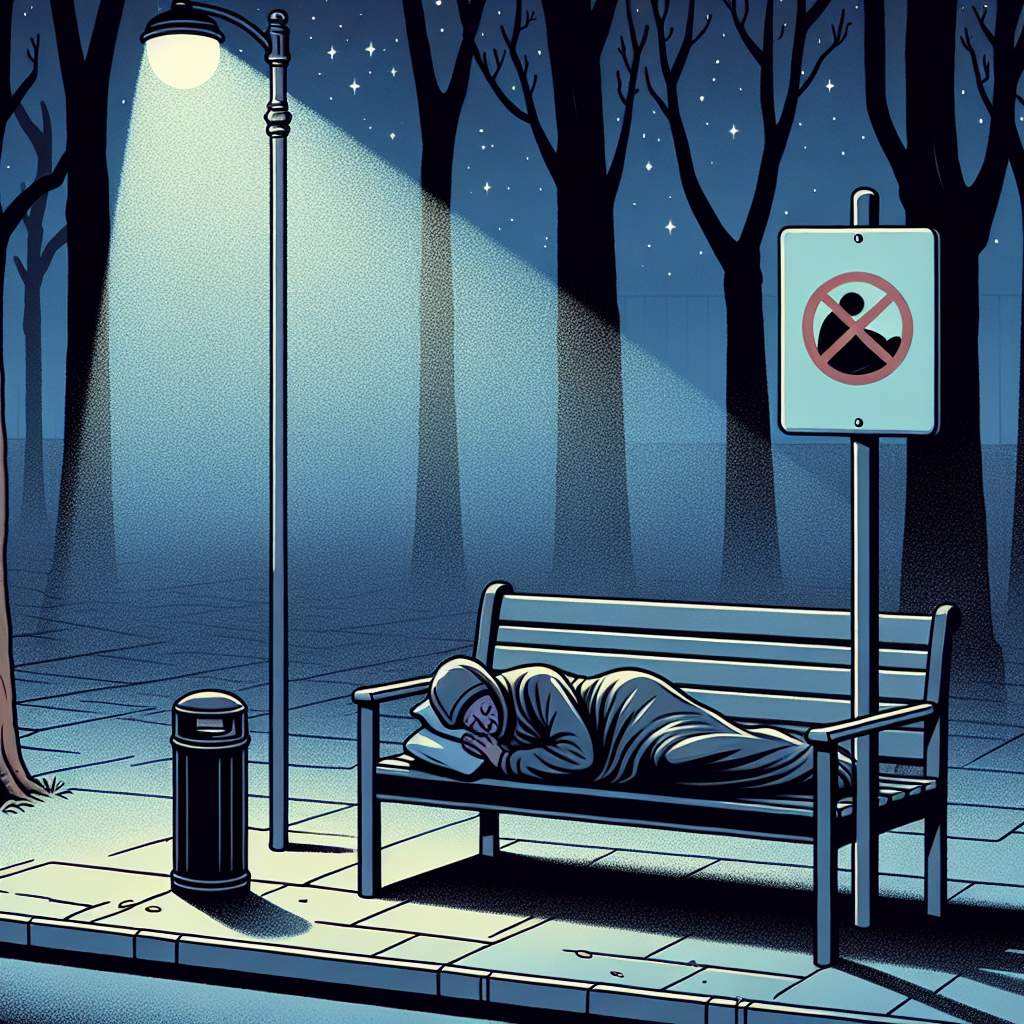Decoding the Myths: What Makes a Good Night's Sleep?
Understanding a good night’s sleep involves more than just duration; it's about sleep cycles and quality. Many face sleep disorders like insomnia and sleep apnoea, disrupting healthy sleep. Sleep patterns are better assessed through behaviors and habits rather than relying solely on sleep-tracking devices.

- Country:
- Australia
Adelaide, Oct 8 (The Conversation) A common belief about good sleep is slipping into a deep slumber when your head hits the pillow, providing rejuvenation after eight hours. However, a healthy sleep involves cycling through various stages, waking multiple times but feeling refreshed in the morning.
According to sleep experts, adults transition through five or six cycles, lasting around 90 minutes each, every night. Starting with light sleep, they progress to deep stages and move into REM sleep, characterized by vivid dreams. While brief awakenings occur, they usually go unnoticed and are normal even as adults age.
Many adults suffer from sleep disorders like insomnia and sleep apnoea, which elevate their frequency with age. Essential therapies exist, so seeking help when experiencing sleep disruptions or underlying health conditions affecting sleep quality is advised, along with observing consistent nighttime routines.
(With inputs from agencies.)










